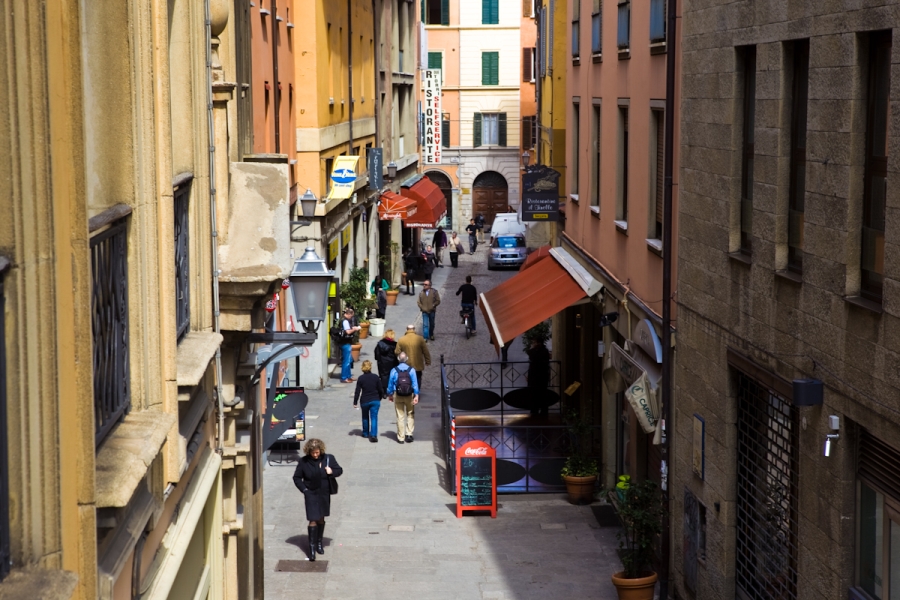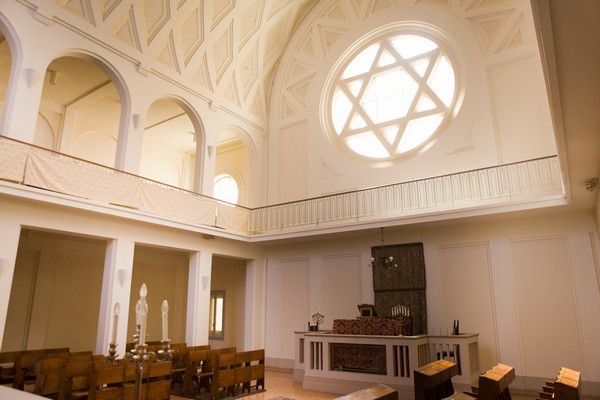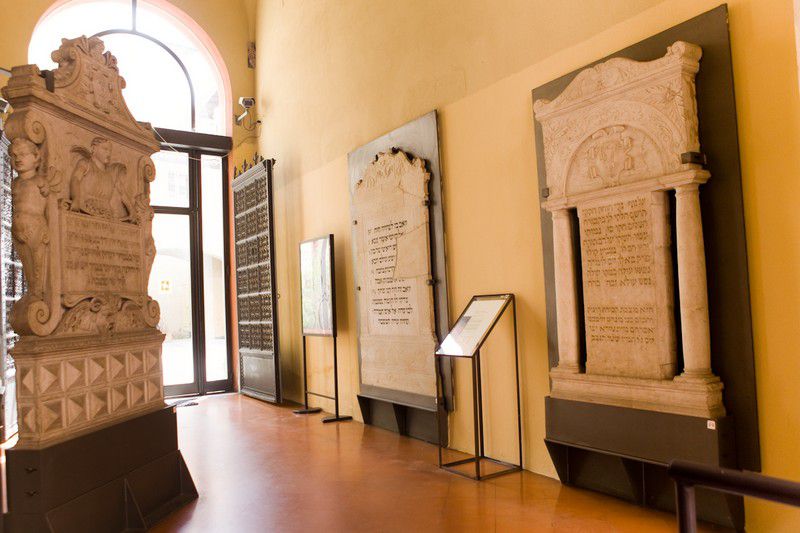The former Jewish ghetto
Updated on 28 February 2020 From Comune di Bologna
The ancient Jewish ghetto, inthe heart of the medieval centre, still retains its original structure. A maze of alleyways and suspended passages, covered bridges and small windows that tells thestory of an entire community, that was forced to live in a confined area of Italian cities by the Church-State from 1556.
The Bologna Jews lived here until 1569, when they were expelled for the first time, and then again between 1586, when they were allowed to return to the city, and 1593, the year of the definitive expulsion.
The main artery of the Ghetto is Via dell’Inferno (Hell Street) onto which a network of other smaller streets open out: Via de’ Giudei (once Via S. Marco then Via delle due Torri), Via Canonica (once Via Canonica S. Donato), Vicolo di S. Giobbe, Vicolo Mandria, Via del Carro and Via Valdonica. Its name perhaps refers to its being a dark and dangerous street.

At number 16, the street is overlooked by the largest religious building in the Ghetto, handed back to the city after extensive restoration work (1955): the ancient Synagogue built during the mid-1800s and heavily damaged during the war.
The several entrances to the neighbourhood were all constantly monitored and opened in the morning and locked at sunset: one at the beginning of Via de’ Giudei, another at the junction between Via del Carro and Via Zamboni, a third in Via Oberdan at the arch, which gives on to Vicolo Mandria.

The only access to the former ghetto still visible today is the vault of Palazzo Manzoli-Malcasia, connecting the Church of San Donato (18th century) to the old Palazzo Manzoli, known then as Malvasia, dating back to the 1200s and of which only a few archways remain. Download the brochure about the former Jewish ghetto here
